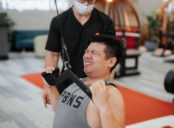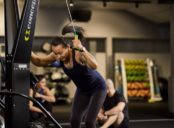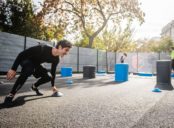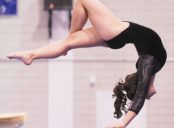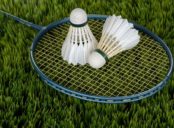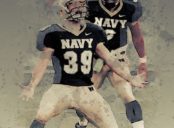Paralympics Curling – Inclusion, Competition, and History

Paralympics Curling: The Inclusive Sport Bridging Barriers
Introduction:
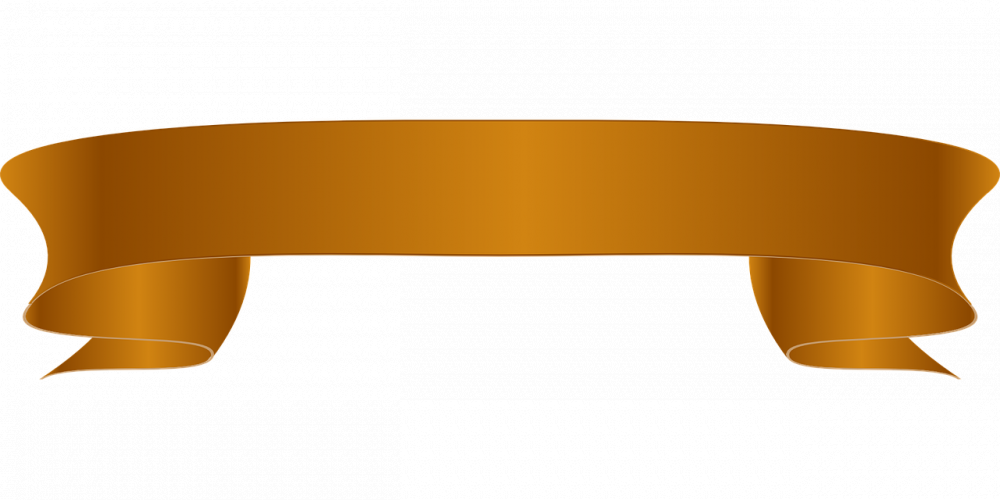
Para sports have become a platform for showcasing extraordinary athletic abilities within diverse communities. Paralympics curling, a highly competitive sport that marries precision and strategy, embodies the spirit of inclusivity. In this article, we will delve into the world of Paralympics curling, exploring its various types, popularity, quantifiable measurements, differences between classifications, and historical context. Join us on this journey as we unravel the multidimensional nature of Paralympics curling and the significant impact it has had on disabled athletes worldwide.
An In-depth Look at Paralympics Curling
Paralympics Curling: A Brief Overview
Paralympics curling, also known as wheelchair curling, is a variant of the traditional ice sport that was first introduced during the 2006 Paralympic Winter Games in Turin, Italy. It provides an opportunity for athletes with physical disabilities to participate in a sport that demands both physical skill and mental acuity.
Different Types of Paralympics Curling
Paralympics curling can be played in various formats, including mixed gender and open gender competitions. In mixed gender curling, teams consist of two male and two female athletes, whereas open gender competitions allow any combination of team members. This flexibility caters to a broader range of athletes, ensuring equal opportunities for all.
Factors Affecting the Popularity of Paralympics Curling
Since its inception, Paralympics curling has gained popularity among athletes and spectators alike. The sport offers a unique combination of physicality, strategy, and teamwork, making it an engaging spectacle. Moreover, its inclusivity and adaptability have contributed to its growing fan base worldwide.
Quantitative Measures of Paralympics Curling
Measuring Paralympics Curling Success
Quantitative data provides valuable insights into the progress and success of Paralympics curling as a sport. Key metrics include team rankings, individual performance statistics, and scores. These measurements help gauge the skill level of athletes and contribute to establishing records and benchmarks within the sport.
Understanding the Differences in Paralympics Curling
Classification Systems in Paralympics Curling
To ensure fair competition, Paralympics curling utilizes a classification system based on impaired functional mobility. Athletes are classified into three groups: wheelchair athletes (classified as others), standing assistance athletes (classified as ST), and overhead athletes (classified as SO). These classifications determine the assistance allowed during gameplay, ensuring a level playing field for all participants.
Differences in Gameplay and Techniques
Each classification in Paralympics curling necessitates unique gameplay strategies and techniques. Wheelchair athletes deliver the stone from their seated position, assisted by a device known as a ”delivery stick.” Standing assistance athletes, on the other hand, use a ”telescopic cue” to deliver the stone, and overhead athletes utilize a specialized technique involving the use of bilateral assistance to propel the stone.
A Historical Examination of Paralympics Curling Advantages and Disadvantages
Advantages of Paralympics Curling
Paralympics curling has numerous advantages that have contributed to its continued growth and popularity. The sport allows disabled athletes to showcase their skills, fosters a sense of camaraderie, and promotes inclusivity on a global scale. Additionally, Paralympics curling provides social and psychological benefits, empowering athletes and inspiring others.
Challenges and Disadvantages in Paralympics Curling
Despite its many advantages, there are challenges and disadvantages associated with Paralympics curling. Accessibility issues might hinder participation, particularly in regions lacking the required infrastructure. Additionally, limited funding and widespread awareness can pose challenges for aspiring athletes.
Conclusion:
Paralympics curling epitomizes the essence of inclusivity and provides a platform for disabled athletes to excel in a highly competitive sport. This article has explored the diverse aspects of Paralympics curling, including its various types, popularity, quantifiable measurements, differences between classifications, and historical context. As this sports continues to break barriers and redefine athleticism, the world eagerly awaits the dazzling performances by Para athletes in future Paralympic Games.
Note: Remember to insert the video link or embed code at the designated spot (
) in the final version of the article.

